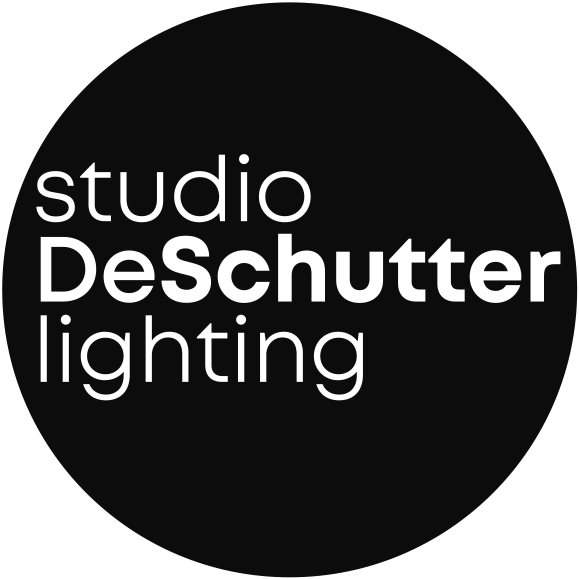From Good to Great Light: What 5-Star-Plus Lighting Really Means
There are spaces that work. And there are spaces that move you. The difference rarely lies in furniture or colors alone – it lies in light. Good lighting fulfills function. Great lighting creates atmosphere, guides perception, and makes architecture tangible. As lighting designers in Berlin and Antwerp, we show how light goes beyond function and becomes a defining part of spatial identity.
1. Layers instead of Monotony ✨
Single light sources provide brightness. But only the combination of different layers creates depth.
- Ceiling light for general brightness
- Accent light highlights objects
- Indirect light creates a sense of space and calm
- Mood lighting creates intimacy
The result is a visual orchestra instead of a single tone.
2. Mood and Control ☀️
A true 5-star-plus experience means: light adapts to the human being – not the other way around.
- Scene settings for work, relaxation, or events
- Dynamic dimming that makes transitions smooth
- Color temperatures ranging from cool daylight to warm evening light
Only those who think of light as variable can create atmosphere in tune with the moment.
3. Integration into Architecture 🛠️
Light that imposes itself remains a foreign body. Great light merges with the space.
- Shadow gaps and linear lights that draw the room
- Niche lighting that emphasizes structures
- Invisible spots that only become visible through their effect
The result is a space where light is not an add-on but a quiet co-creator of architecture.
4. Small Tricks, Big Impact 🕯️
It doesn’t always take complex technology – often it’s details that make the difference:
- Dim-to-Warm: When dimmed, the light automatically gets warmer – like candlelight.
- Tunable White: Controls the biological day rhythm.
- Human Centric Lighting: Scientifically proven concepts for health and well-being.
These seemingly simple elements are the secret of many 5-star hotels and premium spaces.
Comparison: Good Light vs. Great Light
| Aspect | Good Light | Great Light (5★ Plus) |
|---|---|---|
| Function | Illuminates the room | Defines atmosphere and perception |
| Design | Simple general lighting | Layered composition of lighting |
| Control | Switch, On/Off | Scene control, dimming, smart adjustment |
| Architecture | Fixtures visible, often added later | Invisible integration, part of the concept |
| Details | Even brightness | Dim-to-Warm, Tunable White, Human Centric Light |
| Effect | Room is usable | Room becomes an experience and identity |
The Difference Lies in Sensitivity
Good light works. Great light tells stories. It layers, controls, integrates, and relies on clever details that remain almost invisible and yet unforgettable.
“Designing light means defining perception.”
– Studio De Schutter
👉 Stay inspired — subscribe to our newsletter for more insights on how light shapes workplaces, identity, and innovation.





